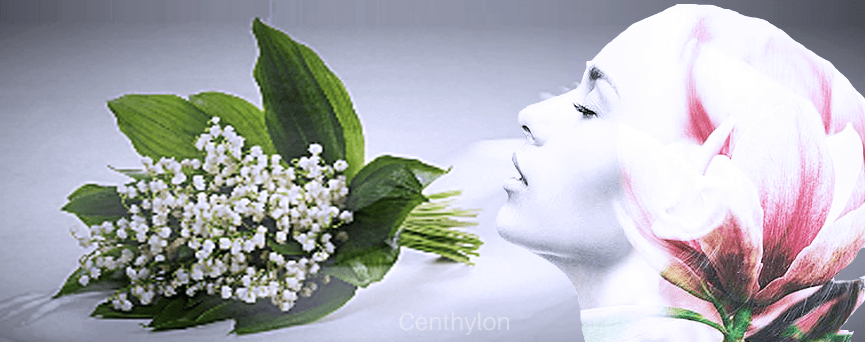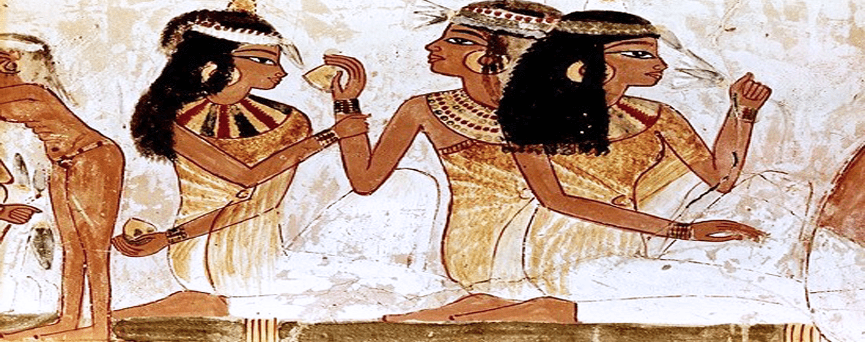
Is olfactory marketing a current technique?
Normally we present aroma marketing as an avant-garde technique, a recent strategy for the conquest of users, but is it really so?
If we review history, we will verify that aromas have been used for centuries to perfume spaces and project an image about royalty and social elites, which ends up being, after all,
How aromas were used in the middle ages
In the middle ages, royalty and nobles received their visitors with woods from the east, whose resins gave off a pleasant smell, and with aromatic flowers.
Even in the court of King Louis XV, in the celebrations that took place in the palace, the servants bathed doves in perfume and made them fly so, with their flutter, they perfumed the entire room. This operation was repeated several times throughout the entire party. We have to make reference to the fact that personal hygiene at that time was very scarce, even in royalty. The doctors of the time claimed that bathing frequently harmed health.
Since when are home fragrance used?
We can still move to more distant dates to find references on the use of home fragrance.
In Ancient Egypt, attendees of royal events were welcomed with scented garlands. The floors were covered with flowers and petals, as well as the walls, to aromatize the celebration. These elements were used as natural home fragance.
Although scent marketing or the use of personalized aromas is a technique that is currently used to get more sales, since they conquer customers, did you know that initially perfumes were not created to delight men, but to conquer the gods ?
In Mesopotamia, the fragrance of incense was offered to the gods to mitigate the smell emanating from animals that were burned in religious sacrifices.
The incense was burned at the top of the tower of babel by the priests, so that its fragrance would pierce the clouds and the gods perceived its aroma.
Although initially the perfume was intended for the Gods, later its use was authorized by the priests. Subsequently, the political leaders also used it and later its use was generalized to the entire population, Egypt being the pioneer civilization in the use of perfumes in a frequent and generalized way.
The use of home fragrance throughout history
In the 16th century, Hatsheut, queen-pharaoh of the 18th dynasty of Egypt, owned large floral gardens around her residence. The fragrance of flowers, along with the incenses that he ordered burning on the terraces acted as natural home fragrance to perfume his palace.

God Amun ordered the queen that "both heaven and earth should be bathed in the fragrance of frankincense and myrrh." Perfumes were so important at the time that they even had their own divinity, Nefertum, the primordial god of Egyptian mythology, "the perfumed lotus flower on Re's nose."
The palm leaves were also used to spread the aroma through the air, making it a diffuser of aromas of the time. The use of incenses and perfumes in embalming and sacred rituals was common. For the Egyptians, the aromas that used the word or drawing of the nose as a symbol of happiness were so important in the hieroglyphs.
The palm leaves were also used to spread the aroma through the air, making it a diffuser of aromas of the time. The use of incenses and perfumes in embalming and sacred rituals was common. For the Egyptians, the aromas that used the word or drawing of the nose as a symbol of happiness were so important in the hieroglyphs.
In Egypt, the high temperatures and dryness of the environment favored the use of fragrances as natural home fragrance to mitigate the bad body odors derived from the high temperatures and hygienic customs of the time.
Egyptians, Indians, Chinese, Arabs, Greeks and Romans, progressively developed techniques to obtain a variety of essences.
The Middle East has had a very important geographical link with perfumes and home fragrance. So much so that, in art, kings were represented with perfume bottles.
The Persian Empire was an obligatory step in the trade routes in which the essences were transported. Most of these are still used in perfumery products and home fragrance today.
Without a doubt, the most important aromatic garden in the world was the Semiramis Hanging Gardens in Babylon. One of the Seven Wonders of the Ancient World.
Queen Seminaris herself brought aromatic resin trees and exotic flowers from India to Arabia.
The elaboration of the first perfumes and natural home fragrance
The Greeks took from the Egyptians a taste for perfumes, improving the condensation techniques of essences. In ancient Greece, hygiene was synonymous with cleanliness and health.
Selon la mythologie grecque, la rose était initialement incolore et inodore. Sa couleur rouge et son parfum fantastique sont dus à la déesse Vénus qui a épinglé l’épine d’un rosier, tachant son sang du rouge au rose. La rose est devenue si belle que Cupidon, son fils, l'a embrassée et à ce moment, la rose a été imprégnée de son arôme, la transformant en un parfum naturel précieux.
According to Greek mythology, initially the rose was colorless and odorless. Its red color and its fantastic aroma is due to the goddess Venus nailed the spine of a rose bush, staining her blood from red to pink. The rose became so beautiful that Cupid, her son, kissed her, and at that moment the rose was impregnated with its aroma, turning it into a precious natural fragrance.Mythology also tells us how Venus was surprised by some satyrs while bathing on the shore of a lake. In order not to be discovered, she hid in some myrtle bushes, managing to flee from her enemies. In gratitude, he gave myrtle his intense and pleasant fragrance.
Myrrh represented a symbol of economic power, which only the Greek elites could access because of its high cost, since it was imported from Arabia.
Leonidas rebuked Alexander the Great when, in his prayers, he offered a large amount of incense, telling him that if he wanted to burn so much incense, he would wait to conquer the land where it was produced. When Alexander the Great conquered Arabia, he sent Leonidas a shipment of 100 myrrh talents and 500 incense.
We arrived at the use of perfumes in the middle ages
And finally, as not to refer to the largest fragrance diffuser, the Botafumeiro of the Cathedral of Santiago de Compostela. His name means "he who smokes."

It is a large censer, used since the eleventh century with the intention of perfuming the Cathedral and eliminating the bad smells caused by the presence of pilgrims, sweaty, tired and, in many cases, sick. In this case we have to refer to the meaning of the word "perfume", which comes from Latin and means "per" "I smoke": by smoke.
Is scent marketing a current technique?
